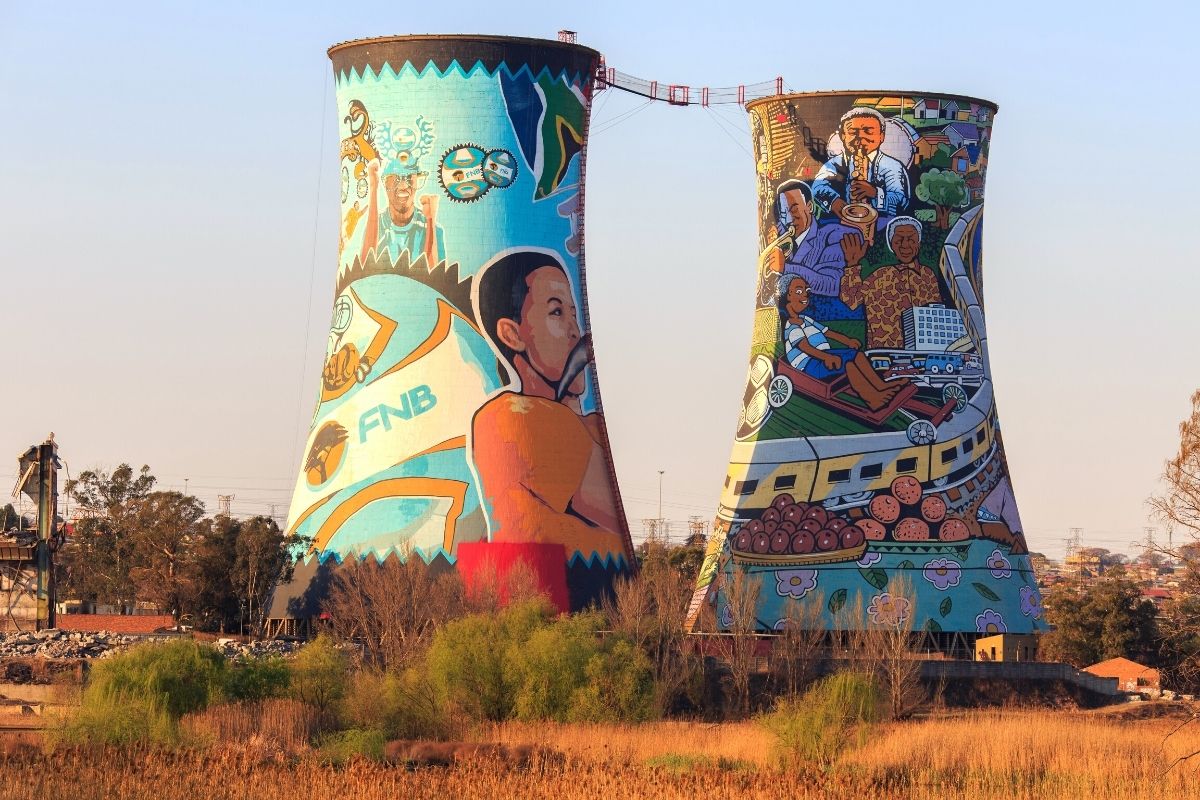Johannesburg North Attractions - An Overview
Table of Contents7 Easy Facts About Johannesburg North Attractions DescribedThe Buzz on Johannesburg North AttractionsAll about Johannesburg North AttractionsThe Single Strategy To Use For Johannesburg North AttractionsHow Johannesburg North Attractions can Save You Time, Stress, and Money.Johannesburg North Attractions for Dummies
The city grew on the edge of the Witwatersrand Key Coral reef, a subterranean stratum of gold-bearing quartz-silica conglomerate that arcs for hundreds of miles underneath the Highveld - Johannesburg North attractions. Many of the gold mines in the city ceased procedure in the 1970s, but in its day the Witwatersrand gold market accounted for more than 40 percent of the world's annual gold production.Johannesburg has a warm environment. The city delights in concerning 8 hours of sunshine per day in both winter season and summertime.
What rain the city obtains drops nearly solely in the summertime, frequently in incredible late-afternoon electrical tornados. Air contamination positions a substantial problem, especially in the winter months, when thermal inversions impede the westward flow of air from the Indian Ocean. Pollution is most severe in the largely resolved Black territories on the city's perimeter, where numerous locals still depend on coal for gas.

See This Report on Johannesburg North Attractions
The balance of the city is occupied by whites. Holiday accommodation differs in character and quality.
Physical growth, although rather limited by transportation, proceeded rapidly as migration to South Africa, and Johannesburg in certain, increased dramatically.
Most poor residential areas were mixed, with bad blacks and whites living together, although the affluent residential areas were typically reserved for whites.
The previous system of eleven numbered areas was reorganised in 2006. Marshalltown, as seen from the top of the Carlton Centre. The M1 and M2 run behind the structures, and the southerly residential areas expand past the highway limit. The inner city of Johannesburg is located within the city's Area F. The approximated populace of the region is 200,000, [] but the variety of people residing in the internal city on a casual basis is unidentified, as lots of are illegal aliens. Many higher-income locals and white people have moved to the northern suburbs and have been replaced by lower-income black people. The unemployment, education, and age accounts of the location are all unknown, due to the difficulty of acquiring reliable information about the location.
An Unbiased View of Johannesburg North Attractions
Yeoville and Bellevue have a mix of apartment and single property devices on tiny lots. The area is situated on a mountainous divide that ranges from east to west. The most noticeable geographical attribute is Observatory Ridge, which visit here is named for the big observatory situated on it. The recreational areas are no more utilized, as a result of safety troubles.

The smart Trick of Johannesburg North Attractions That Nobody is Talking About
R. Tambo International Airport Terminal). The eastern suburbs are a few of the earliest locations of Johannesburg, there are large neighborhoods of Jewish and various other European backgrounds, most of the population is English speaking. There are 3 golf links in addition to a variety of protected ridges with viewsites. There are a number of strong and up-market home entertainment and purchasing areas in the eastern such as the Eastgate Shopping Center and the Greenstone shopping center.
The area is mostly composed of old "matchbox" residences, or four-room homes constructed by the government, that were developed to give affordable accommodation for black workers during apartheid. Soweto is an abbreviation, meaning "South Western Townships". Street after street around is lined with matchboxes; nonetheless, there are a couple of smaller sized areas where prosperous Sowetans have developed homes that are a lot more comparable in stature with those in more affluent residential areas.
Hostels are another popular physical feature of Soweto. Originally developed to house male migrant employees, many have actually been improved as houses for pairs and families. The N1 Western Bypass skirts have a peek here the eastern border of Soweto. The suburban area was not traditionally enabled to create employment centres within the location, so mostly all of its citizens are travelers to other components my response of the city.
Johannesburg North Attractions - Questions
The property areas in the northern suburban areas are mostly official, with no significant areas of informal real estate, or housing that does not have a long-term structure. This is a well-known location, there is a fad of land use adjustment from domestic to commercial, particularly along primary arterial roadways and around established nodes.
Roads to the east and west are much less well created, as there are no highways travelling in that direction. Towards the northern boundary of the city, the thickness of advancement reduces, leaving large locations of untaught land around Midrand.
The 25-Second Trick For Johannesburg North Attractions
, which is situated on a hillside overlooking the internal city and Hillbrow.